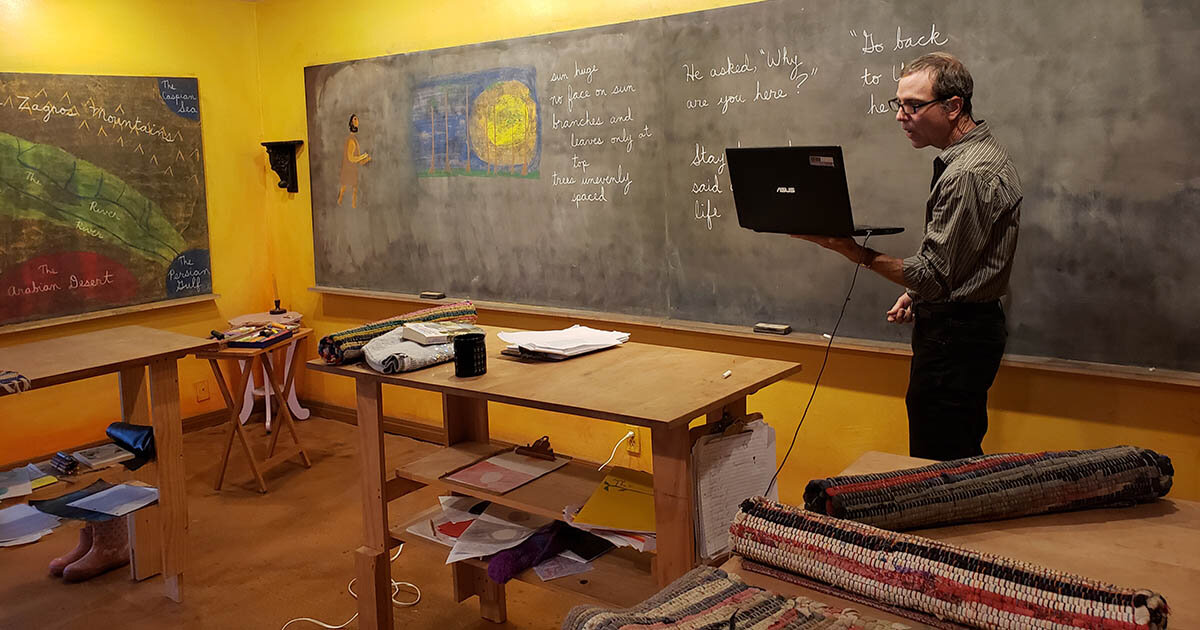Beyond the ABCs: Understanding progressive education
/Photo by Daiga Ellaby on Unsplash
Guest contributor Geoff Harrison is the founder and head of school at The Compass School. With over three decades of experience in education, he is bringing a new school to Austin: a school where students embark on a journey of curiosity, discovery, and learning rooted in research and progressive education principles.
As a parent, you want the best for your child's education. You've likely heard the term "progressive education," but what does it actually mean? It's more than just a buzzword; it's a philosophy that puts your child at the center of learning, emphasizing critical thinking, creativity, and collaboration over rote memorization. It promotes a joy for learning and helps to cultivate lifelong learners. This article will break down the core principles of progressive education to help you understand if it's the right fit for your family.
The Beginning of Progressive Education
Progressive education didn't spring from one single source but rather evolved from a confluence of ideas and movements, primarily in Europe and the United States, spanning the 17th to the 20th centuries. The term “American Progressive Education” was coined in the 20th century by John Dewey, Maria Montessori, Caroline Pratt, and Lucy Sprague, and it has been supported by recent neuroscience research, which acknowledges that a child who has autonomy—a voice in their own education—learns best.
It's important to note that progressive education has taken various forms and interpretations over time. While some approaches emphasize individual freedom and creativity, others focus on social reform and preparing students for democratic citizenship. However, the core principles of child-centered learning, active engagement, and critical thinking remain central to the philosophy.
Traditional education often focuses on memorizing facts and figures, preparing students for standardized tests. Progressive education takes a different approach. It believes that true learning comes from active engagement, exploration, and discovery. Instead of passively receiving information, children in progressive classrooms are encouraged to ask questions, investigate, and construct their own understanding. Students pursue their curiosity, develop compassion, cultivate courage, and enjoy a level of autonomy.
It’s All About the Learner, the Whole Child
Child-centered learning is at the heart of progressive education. The curriculum is designed to meet the individual needs and interests of each child. Teachers act as facilitators, guiding students’ learning journeys and providing support where needed. Learning is personalized and relevant to the child’s world. Progressive education also emphasizes hands-on, experiential learning. Students learn by doing, through projects, experiments, and real-world applications. This active approach fosters deeper understanding and makes learning more engaging.
Developing critical thinking skills is a priority in progressive schools. Students are encouraged to analyze information, evaluate different perspectives, and solve problems creatively. They learn to think for themselves, rather than simply accepting what they are told. Collaboration is another key component. Students work together on projects, learning to communicate effectively, share ideas, and respect diverse viewpoints. This fosters social skills and prepares them for collaborative work environments in the future.
Progressive education recognizes that children are more than just their academic abilities. It emphasizes the development of the whole child, including their emotional, social, and physical well-being. Schools often incorporate arts, music, and physical activity into the curriculum. Progressive classrooms often operate on democratic principles, where students have a voice in their learning and classroom management. This fosters a sense of ownership and responsibility. While assessments are still important, progressive schools tend to use a variety of methods to evaluate student learning, including portfolios, projects, exhibitions, and self-assessments. The focus is on understanding a child's growth and progress, rather than just assigning a grade.
Photo by Maxence Pira on Unsplash
The principles of progressive education have no limitations to where a child can grow and develop. It meets the needs of every child on their journey and promotes opportunities for advancement based on the individual child and not just standards. Learn more about it on the Progressive Education Network.
Geoff Harrison | The Compass School




























